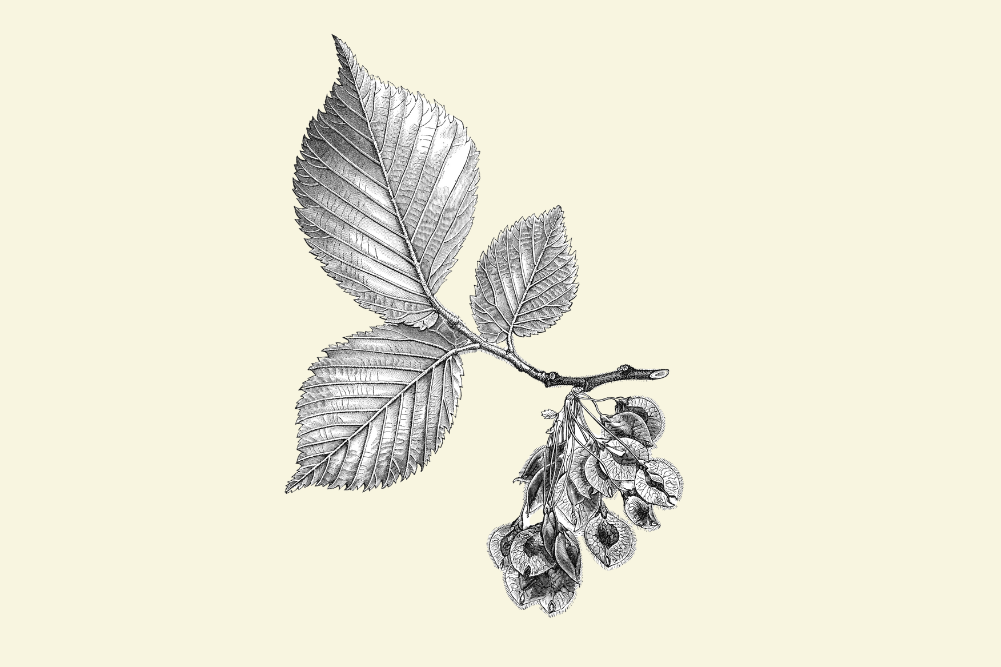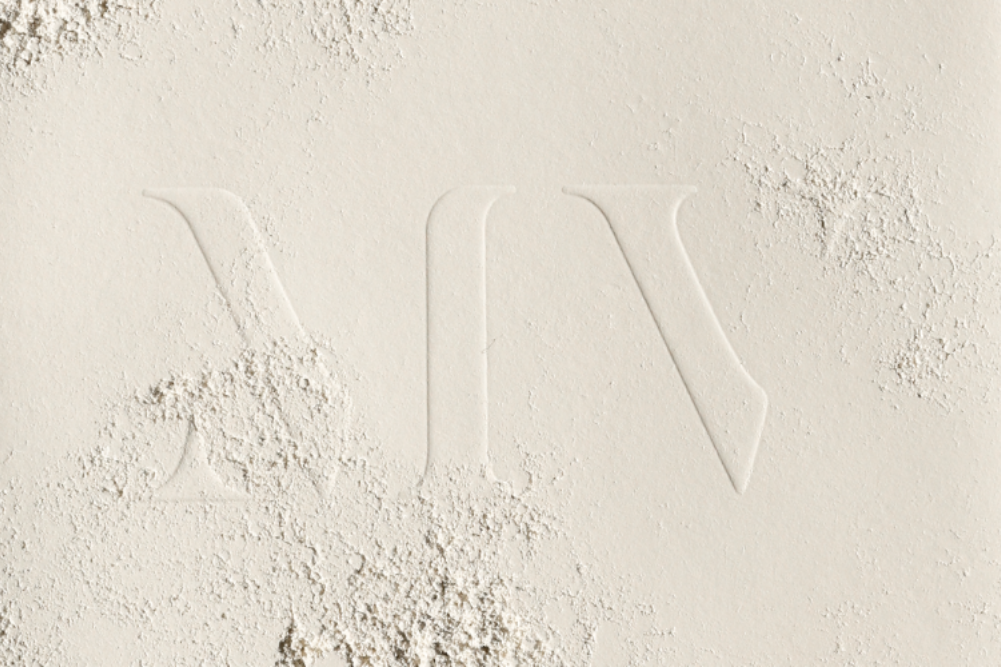Sex steroids and ageing for Women
Oestrogen’s pre-eminence as the dominant sex hormone is the reason that women live longer than men. While testosterone can weaken the immune system, which might be part of the reason that men have fared less well with COVID, oestrogen’s immune-enhancing effects might have helped them deal better with this marauding virus. But this might also be the reason that women suffer more from autoimmune disease, with an immune system that’s in misdirected overdrive biting the hand that nourishes it.
The problem with our hormones is that we haven’t had to question whether we need them for posterity, because until recently most of us weren’t living beyond our biological use-by date anyway. If the only reason we’re here is to procreate, and beyond that nature essentially wants to get rid of us and move on to look after the next generation of propagators, then the fact that we’ve conjured up a way to hang around for a lot longer means that we’ve had to examine how we could make our prolonged existence more liveable. If we’re living longer, are hormones our passport to a healthier, more productive life without making us refugees to a power that’s going to do us more harm than good?
Oestrogen
In the 1990s the US National Institutes of Health conducted the Women’s Health Initiative trial, a large experiment that examined the effects of a specific form of the female hormone known as conjugated equine oestrogen combined with a progestin, an adulterated iteration of progesterone. When the results surfaced at the beginning of the current millennium, suggesting that these hormone versions and specifically the oestrogen variant increased the risk of getting breast cancer, women shied away from hormone replacement therapy in their droves, and they’ve remained somewhat skittish about taking hormones ever since.
In fact, once the dust settled and the data were re-evaluated, including an assessment of the long-term effects of hormone replacement, it was found that taking oestrogen actually decreased breast cancer risk, especially in the form of patches or gels applied to the skin. Another review published in 2017, which looked at hormone treatments in a number of countries over an extended period, has muddied the waters somewhat, indicating that hormone treatment actually increased breast cancer risk. But it is not clear how many of these women used patches or gels versus those who took conjugated equine oestrogen either alone or combined with a progestin, with both oestrogen and progestin (and the latter especially) thought to be major offenders and hence prescribed very sparingly in current times.
To complicate matters further, a French study released in 2008 which looked at oestrogen compounds applied to the skin over a 12-year period found a heightened incidence of breast cancer.
Nevertheless, despite this ongoing controversy there is a massive upside to boosting this potent female hormone, the production of which goes into decline around menopause and plummets dramatically as women age. Oestrogen is vital for maintaining the anatomy of the urogenital tract, the relative absence of this hormone resulting in vaginal atrophy or shrinkage as well as a bladder dysfunction, leading to dryness and pain with intercourse and recurring urinary tract infections. While this is easily reversed with the application of low-dose oestrogen to the surfaces of the genital tract, what poses a much larger threat to women’s wellbeing as they age is the decrease in muscle mass and bone architecture, which culminates in osteoporosis and sometimes crippling hip fractures. Oestrogen can prevent this by promoting muscle regeneration and maintaining strong bones. This hormone is also good for heart health and weight loss, despite claims to the contrary, and might have cognitive benefits if commenced soon after menopause.
As powerfully protective as it might be, oestrogen is not without its downside. Endometriosis, fibroids, gallstones, breast tenderness, mood swings, vaginal bleeding, blood clots (very unlikely with patches and gels) and headaches are all triggered by excess amounts of this hormone, demanding constant vigilance by doctors prescribing oestrogen.
Progesterone
Progesterone is the tranquilising support act to oestrogen’s energising lead. Its crucial role is protecting the uterus from the stimulating effects of oestrogen. Like oestrogen, it has a complicated relationship with breast cancer and is not an entirely safe hormone. It might improve bone density and have beneficial effects on the brain.
Testosterone
This hormone can significantly boost sexual function and enhance bone strength. It also has a complex relationship with breast cancer and needs to be taken with care.
Do women need hormones as they age? The answer would have to be in the affirmative, but they need to be taken with ongoing surveillance.








